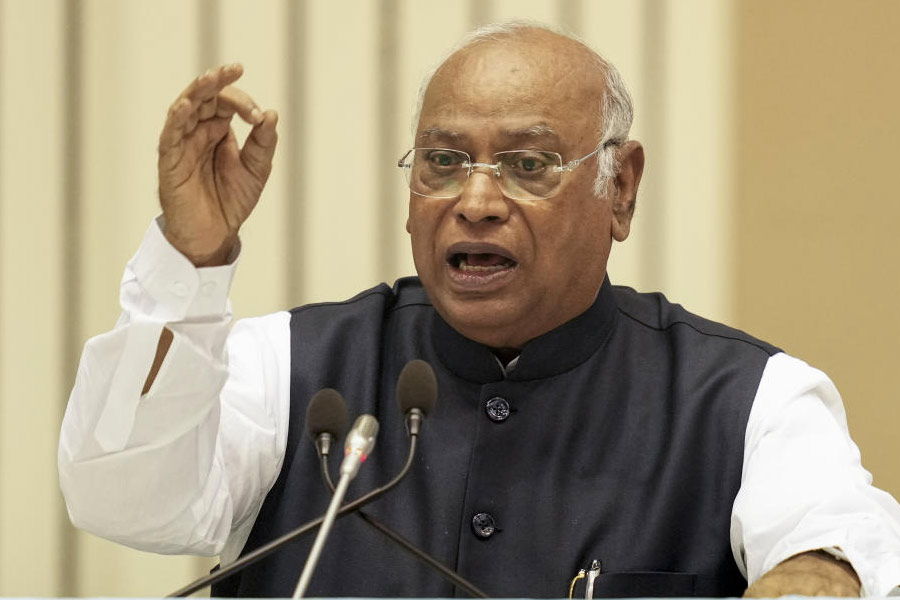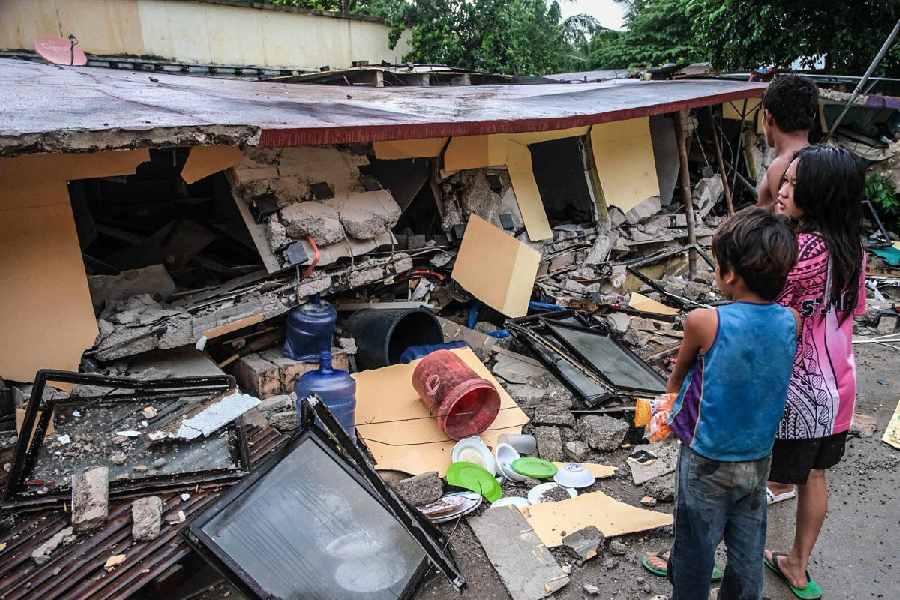Abha Narain Lambah lived in Calcutta till she was in middle school. Her father, an IRS officer, was posted here at the time. She grew up in Delhi and thereafter set up practice in Mumbai. During this interview over a video call, we chat about her impressions of the three cities. Lambah says, “Delhi is a politically conscious city but there is a disconnect between the people and its heritage...” It is the week of the unveiling of the Central Vista in the capital city. I cannot help but ask Lambah what she makes of it. She says, “We don’t recognise it, but architecture is the most political statement being literally written in stone. It is a statement in time, staking your claim.”
Back to three cities. Lambah continues, “Mumbaikars are very passionate about their heritage, most of the conservation here is citizen-funded, corporate-driven.” And Calcutta?
Lambah speaks of Calcutta using the past tense. Her sentences are peppered with “was” and “ed”s. She says, “Calcutta was the first capital city, politically and culturally... But Calcutta just ceased to be post-Naxalism. Its residents moved elsewhere. Even then I’d say Calcutta stays undiluted in its purity of thought…”
A city with a past needs to conserve a variety of architectural styles. Lambah says, “I fought for 14 years to get the Art Deco of Marine Drive listed as a World Heritage Site. There is a lot of incredulity to include something as recent as Art Deco as heritage. Calcutta has a huge repository of colonial buildings that has been left to disintegrate, ownerships have transferred. It is high time someone did something about it. One should have a hard look and prioritise what should be conserved, what should be adaptively reused, what should be allowed to change. Such an exercise should have been done long back.
During her student days in Delhi’s School of Planning and Architecture, Lambah chose conservation as her elective subject. She recalls the time, 1980s, when all role models in architecture were larger-than-life men like Le Corbusier, Charles Correa and, of course, the fictional Howard Roarke. “My male batchmates assumed I would wed another architect and join his practice,” says Lambah.
Lambah was drawn to American architect Joseph Allen Stein’s work. “His creations, the India International Centre (IIC), the Ford Foundation, all around Lodhi Gardens were at once modernist but also paid homage to the historicity around,” she says. She interned at Stein’s firm for one-and-a-half years and it was while discussing her thesis on the Tughlaq monuments that he nudged her towards heritage conservation.
It has been 30 years since Lambah struck out as a conservation architect. Among her projects is the 15th century Maitreya Buddha Temple at Basgo, Ladakh, the Hampi temples in Karnataka, the Ajanta Caves, the Mahabodhi temple and the Raj Bhavan in Calcutta.
Preparation of dossiers for Unesco inscriptions is something else she is known for now. “It is a sort of cultural advocacy. You have to be a historian and a conservationist,” she says.
In 2009, the Archaeological Survey of India or ASI had appointed her and architect Manish Chakrabarti to make the dossier on the university town of Santiniketan. In 2021, she was reappointed to recast the dossier. The brief from the ministry was to focus on the architecture and the tangible landscape of the town. Says Lambah, “The challenge in this was that it was not the tallest 20th century building we were advocating. Santiniketan needed a strong argument to prove its outstanding character.”
She continues, “In 2018, I had successfully made the dossier for the inclusion of Mumbai’s Victorian and Art Deco architecture, but that was a 20th century development. In the early 20th century, architecture was more of a revivalist phenomenon with a lot of European influence. Whereas in the case of Santiniketan, rather than looking to the West, we had to look to the East; it was rooted in indigenous architecture, folk architecture, the paintings of Ellora, it was embracing and looking to the East. Tagore’s visits to China, Japan and Borobudur (Java) influenced the architecture in Santiniketan…”
Lambah had to edit out a lot of the area because Santiniketan is a large landscape and 120 years down the line, there has been a lot of development in the region. India had to convince the United Nations that the area included in the heritage list was a manageable one and development there could be strongly monitored and controlled. The Visva-Bharati or university area is what has been included for nomination to the list; minus intangibles thankfully.
Imagine if all that mud-slinging and acrimony that has come to define it lately made it into some carefully curated heritage list!











